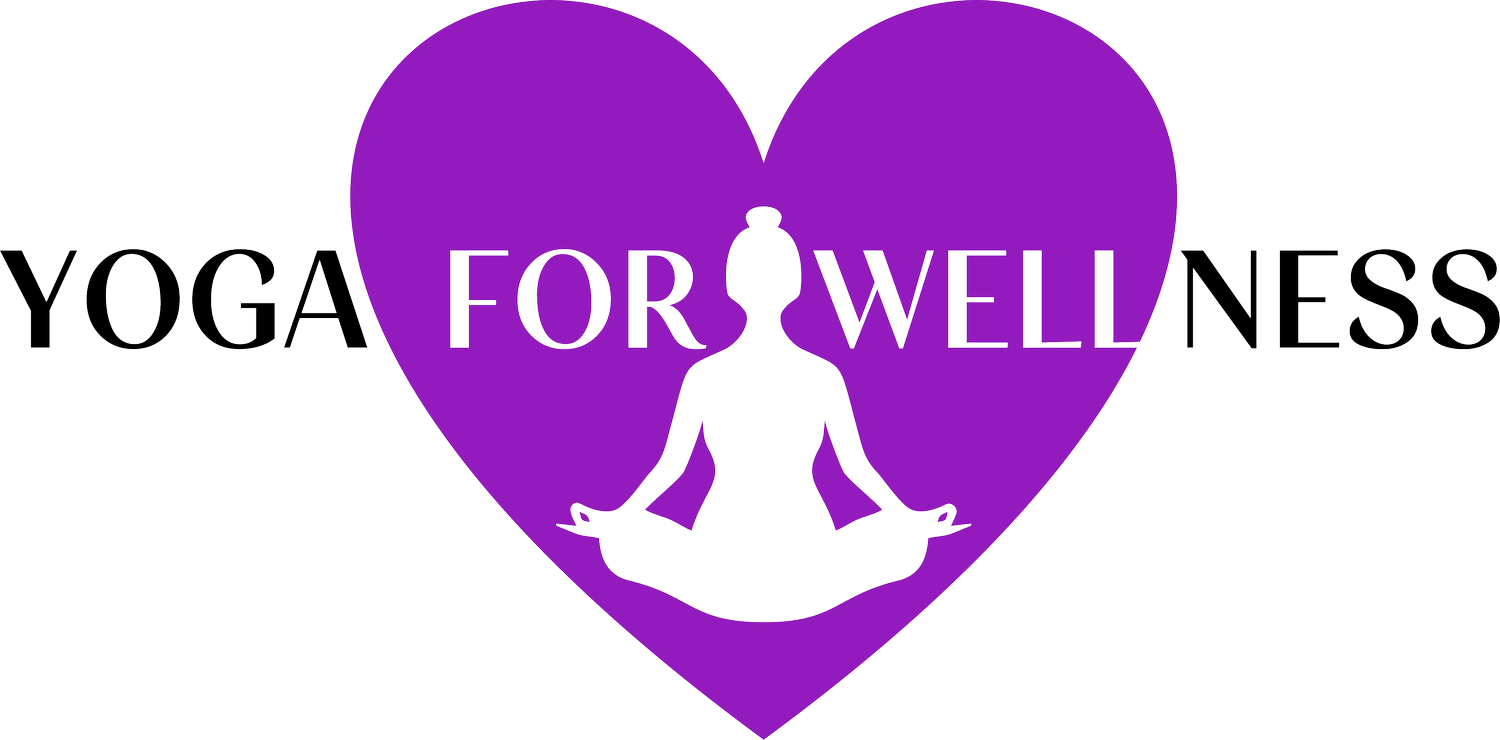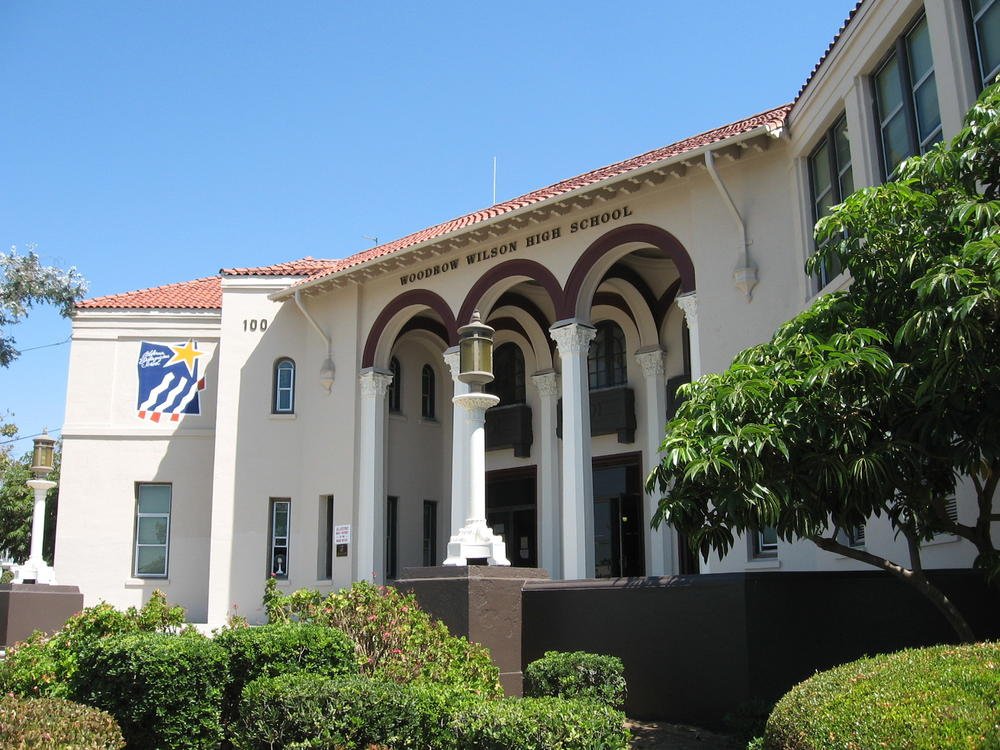This Is Your Brain On Art
Woodrow Wilson High
What I was driving in 1979. (photo credit: http://scihi.org/volkswagen-beetle/0
The year was 1979 and I had just graduated from Woodrow Wilson High School in Long Beach, California. I felt like most of my friends were going away to college and that I had somehow missed the memo on how to apply for colleges away from my hometown. I suppose this wasn’t a topic discussed much in my family — nor from my school counselor, come to think of it.
California State University Long Beach
I somehow assumed I would attend college, but didn’t connect college application timelines alongside high school social events, nor university financial aid forms in conjunction with high school drama performances, and then there were the ACT tests, application essays and the cost of mailing out each and every essay. As a student, I was a passively successful person who planned for the future one to two weeks in advance. (I find it funny that I’m now a school teacher who now plans one to two years in advance!)
But in ‘79 I was 18-years old and had only applied to my local university. I was heading to California State University, Long Beach (CSULB) , a commuter college with a student body of 38,000+ , but more importantly, a 20 minute bike ride away from my home. I had decided to stay home for a couple of years and take my General Education classes before heading out of town to allow for my frontal lobes to cure and complete their synapse closure. (Of course, I didn’t know that at the time, but somehow, it all makes sense now!)
“To create one’s own world takes courage.”
Much talk is shared around the topic of “executive functions” such as planning, working memory, and impulse control. These are among the last areas of the brain to mature. In fact, they may not be fully developed until halfway through the third decade of life, hence both my strong feelings of hesitation and my strong desire to get out of town and see the world. (Johnson, S. B., Blum, R. W., & Giedd, J. N. (2009). https://doi.org/10.1016/j.jadohealth.2009.05.016)
So much was going on in the world: There was a nuclear accident on Three Mile island, China instituted the one child per family rule, Pink Floyd released "The Wall" for which I played on my newly released Sony Walkman (THIS was a big deal!), Margaret Thatcher was elected Prime minister in the UK (gasp, a Woman!), and sadly, when members of Iranian student unions scaled the walls of the U.S. Embassy, 63 Americans were taken hostage (they were released 444 days later).
But I was only 18-years old and probably didn’t understand much of what was occurring in the world at the time. I had just broken up with my college-graduate boyfriend and I found myself seeking my own life experiences without needing to go “full fight or flight.” In other words, I sought safe boundaries with my exploration while still able to return home to a loving shelter and a warm meal.
“Inspiration does exist, but it must find you.”
At CSULB, I met Dr. Betty Edwards. She was my art teacher who had recently published the book, Drawing on the Right Side of the Brain. She was a soft spoken teacher whose teachings were spent more on the Cerebral Cortex than Chiaroscuro; more on the understanding of neuroscience than of Narrative Art.
Edwards's method of drawing and teaching was revolutionary when she published it in 1979. It received an immediate positive response and is now widely accepted by artists, teachers, and others around the world. Underlying the method is the notion that the brain has two ways of perceiving and processing reality — one verbal and analytic, the other visual and perceptual. Edwards' method advocates suppressing the former in favor of the latter. It focuses on disregarding preconceived notions of what the drawn object should look like, and on individually "seeing.”
I remember Dr. Edwards asked me to draw something from my childhood, something that I remember drawing. I drew Snoopy sleeping on top of his dog house.
I remember her taking an interest in every single one of her students. We were a class of 30, perhaps less, and each one of us were important and made to feel valuable.
She asked us then to draw something from a more recent time period, something current. I had nothin’. I felt like I had not drawn since the day of Snoopy and Charlie Brown. Dr. Edwards proceeded to explain that this is probably the time period where I felt criticized for my drawings and my mindset was still stuck in my childhood when it came to drawing with confidence.
“Oh. I hadn’t thought of that!” (Yet, somehow, it made a whole lot of sense.)
She then proceeded to take us on a journey from criticized artist to current artist. The end results always surprised us, but never surprised her. She simply felt pleased with the process.
There’s an incredible high that comes with being in the flow of artistic expression. And while yoga is often thought of as a tool to help us find ease in the body, quiet the mind, and get in touch with our true nature, it can also be a way of helping us tap—and mine—our creative selves.
If you are interested in reading more about the connections between Yoga and Art. Here is a great article: BEYOND THE POSE: SURPRISING CONNECTIONS BETWEEN YOGA AND OUR ART
“I don’t know how to do art. I don’t know how to do yoga.”
I believe in art and the way that it helps shape our brain and express who we are. I feel that art is like yoga—they are both practices that are the product of great presence and help to reveal who we are. This is why I love to sprinkle creativity and art into my yoga offerings and vice versa.
How are you practicing being creative in your everyday? Do you remember a time when you were more creative than another?
Drop me a line and let me know about your creativity process or about how formative teachers shaped you.
Speaking of yoga and art, I had decided to push my Yoga and Art workshop back until October. I have some really exciting developments for that offering that I hope you’ll love so please stay tuned.
If you want to book your spot for creativity facilitated by yoga, consider joining me for my Riders and Writers retreat in Woodland, Utah, September 23–25. Spots are limited.








